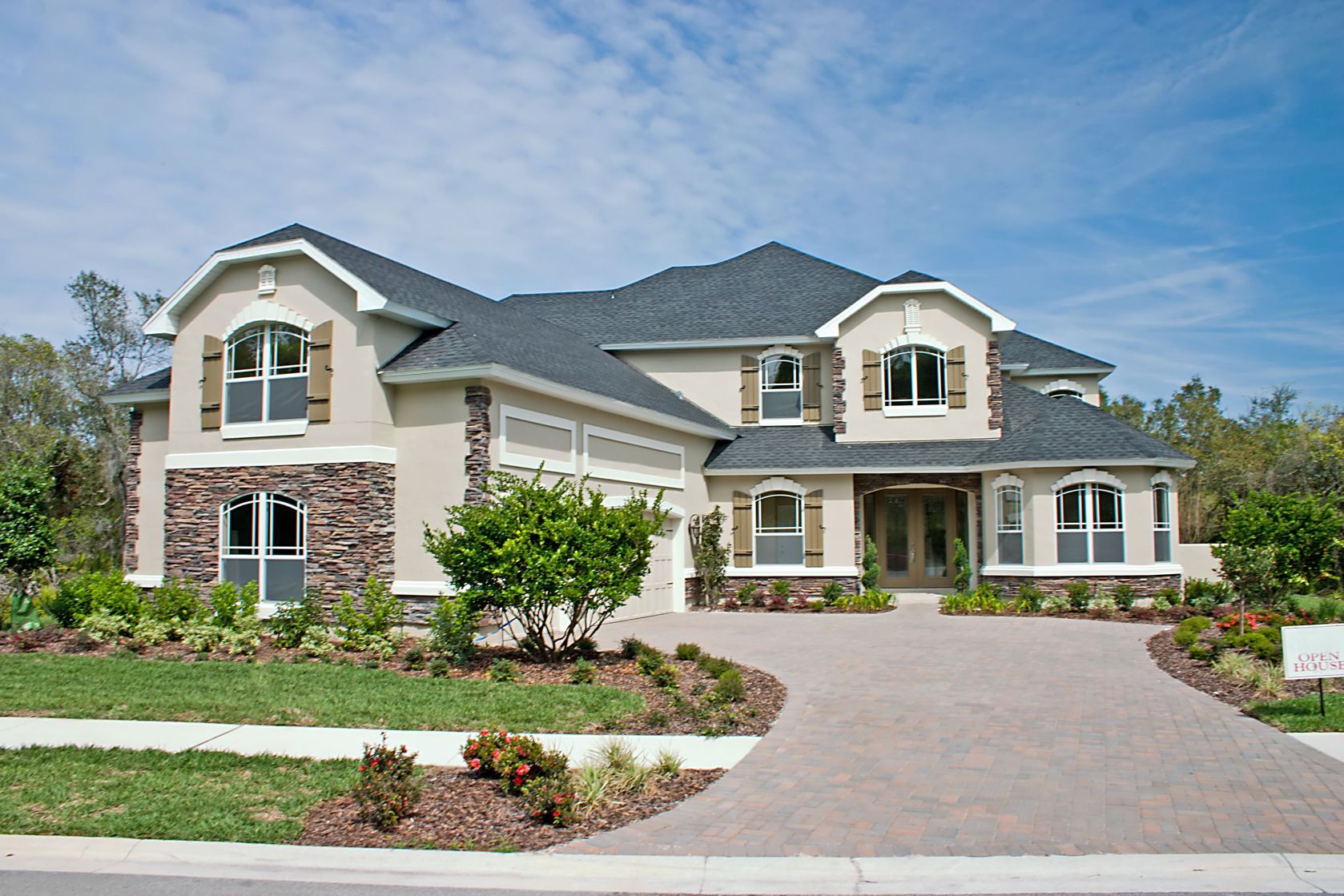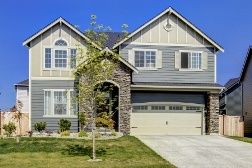 Home increased in October according to Case-Shiller’s 20City Home Price Index. Home prices rose from September’s annualized reading of 5.40 percent to 5.60 percent. Factors contributing to rising home prices include stronger economic conditions and outlook along with short inventories of available homes coupled with high demand. On average, October home prices rose 5.10 percent on seasonally adjusted annual basis, which was unchanged from September’s reading.
Home increased in October according to Case-Shiller’s 20City Home Price Index. Home prices rose from September’s annualized reading of 5.40 percent to 5.60 percent. Factors contributing to rising home prices include stronger economic conditions and outlook along with short inventories of available homes coupled with high demand. On average, October home prices rose 5.10 percent on seasonally adjusted annual basis, which was unchanged from September’s reading.
West Continues to Lead Home Price Growth
Top home price growth rates were in Seattle, Washington at 10.70 percent, Portland, Oregon at 10.30 percent and Denver, Colorado with a seasonally-adjusted annual price increase of 8.30 percent. New York, New York had the lowest home price growth in October with a reading of 1.70 percent.
In a separate report, December consumer confidence exceeded expectations with an index reading of 113.70 as compared to an expected reading of 110.00 and November’s reading of 109.40. This was the highest reading for consumer confidence since 2001. Analysts said that the strong reading for consumer confidence was a sign that consumers will increase their spending in 2017, but what will happen with mortgage rates is a big question.
Rising Mortgage Rates May Slow Home Prices, High Demand for Homes
With the Federal Reserve’s decision to raise its target federal funds range in December comes a question of how rising mortgage rates will affect housing markets. Rising fed rates typically lead to increases in consumer lending rates including rates for home loans and refinancing. Combined effects of rising home prices and mortgage rates create challenges for first-time and moderate income home buyers. While higher mortgage rates have not impacted buyer demand so far, rising mortgage rates could sideline some buyers.
A recent compilation of the most expensive places to live in America illustrates the imbalance of home prices as compared to consumer incomes. Brooklyn, NY topped this list with a reading of 127.70 percent of average household income earned in Brooklyn to buy an average priced home in Brooklyn. Analysts reporting this data noted that many Brooklyn homeowners work in Manhattan and earn more than those who work in Brooklyn. Disparities in average home prices and home buyer incomes could “trickle down” to less expensive areas if mortgage rates and home prices continue to rise.
Meanwhile, builder confidence is strong and is expected to lead to higher levels of home construction in 2017.

 September’s 20-City Housing Market Index from Case-Shiller showed signs that rapidly rising home prices in some metro areas may be losing momentum. San Francisco, California, posted a month-to-month reading of -0.40 percent and a year-over-year reading of 5.70 percent. Home prices stayed flat in Seattle Washington from August to September, but posted the highest home price gain of 11.00 percent year-over-year. Slowing home price growth in high-demand areas suggest that affordability concerns are impacting rapid gains in home prices seen in recent years.
September’s 20-City Housing Market Index from Case-Shiller showed signs that rapidly rising home prices in some metro areas may be losing momentum. San Francisco, California, posted a month-to-month reading of -0.40 percent and a year-over-year reading of 5.70 percent. Home prices stayed flat in Seattle Washington from August to September, but posted the highest home price gain of 11.00 percent year-over-year. Slowing home price growth in high-demand areas suggest that affordability concerns are impacting rapid gains in home prices seen in recent years. According to the National Association of Home Builders Housing Market Index for November, builder sentiment was unchanged at a reading of 63. Readings above 50 indicate that a majority of builders are confident about housing market conditions. Readings for three sub-indexes used to calculate the Housing Market Index Readings for builder confidence in current market conditions and market conditions within the next six months were posted at 69. The reading for buyer foot traffic in housing developments was 47. Buyer traffic has not reached the benchmark reading of 50 since the peak of the housing bubble approximately 10 years ago.
According to the National Association of Home Builders Housing Market Index for November, builder sentiment was unchanged at a reading of 63. Readings above 50 indicate that a majority of builders are confident about housing market conditions. Readings for three sub-indexes used to calculate the Housing Market Index Readings for builder confidence in current market conditions and market conditions within the next six months were posted at 69. The reading for buyer foot traffic in housing developments was 47. Buyer traffic has not reached the benchmark reading of 50 since the peak of the housing bubble approximately 10 years ago. According to the National Association of Home Builders, overall builder confidence in housing markets dropped two points in October to an index reading of 63. September’s reading of 65 was the highest posted since the housing bubble peak. Component readings for October’s housing market index were mixed; the reading for builder confidence in market conditions over the next six months rose one point to 72. Builder confidence in current housing market conditions fell two points to 69. Builder outlook for buyer traffic in new home developments over the next six months fell by one point to an index reading of 46.
According to the National Association of Home Builders, overall builder confidence in housing markets dropped two points in October to an index reading of 63. September’s reading of 65 was the highest posted since the housing bubble peak. Component readings for October’s housing market index were mixed; the reading for builder confidence in market conditions over the next six months rose one point to 72. Builder confidence in current housing market conditions fell two points to 69. Builder outlook for buyer traffic in new home developments over the next six months fell by one point to an index reading of 46. The National Association of Home Builders reported that home builder confidence in the U.S. housing market conditions held steady for the fourth consecutive month in May. Builder confidence stayed at a reading of 58, which was the number expected by analysts and was also the reading for April. Analysts said that the consistency in readings signified expansion in housing markets. Any reading over 50 indicates that more builders than not are confident about market conditions.
The National Association of Home Builders reported that home builder confidence in the U.S. housing market conditions held steady for the fourth consecutive month in May. Builder confidence stayed at a reading of 58, which was the number expected by analysts and was also the reading for April. Analysts said that the consistency in readings signified expansion in housing markets. Any reading over 50 indicates that more builders than not are confident about market conditions.